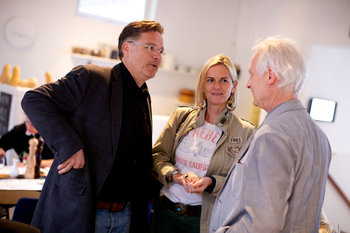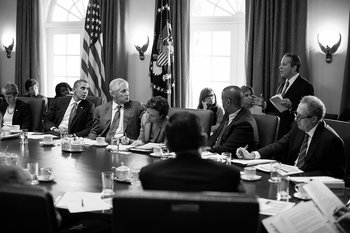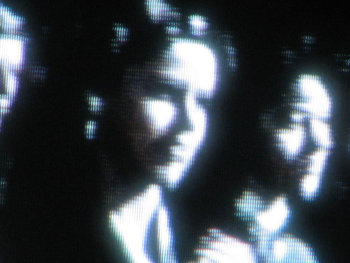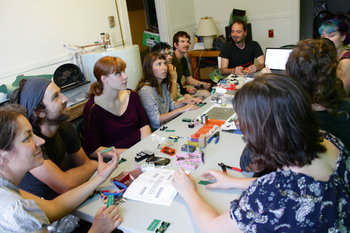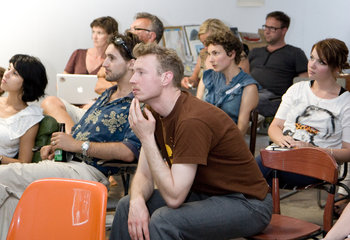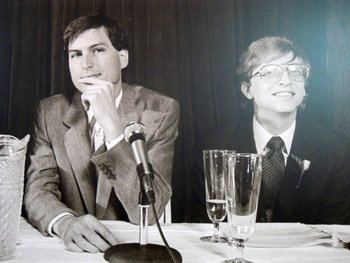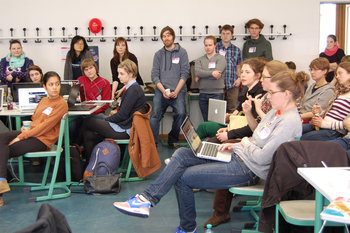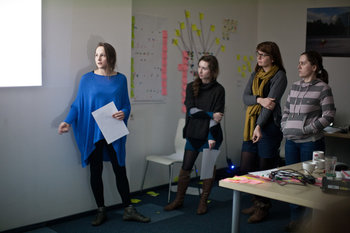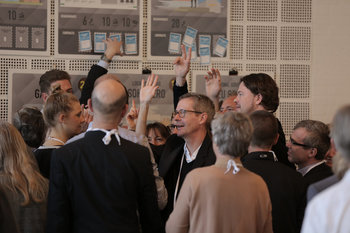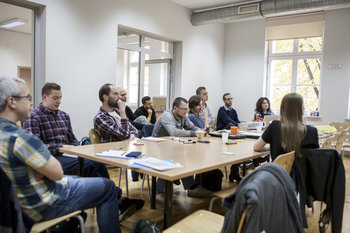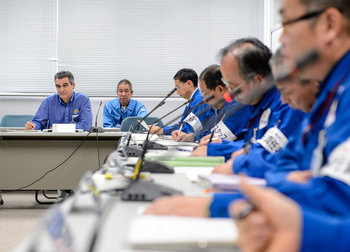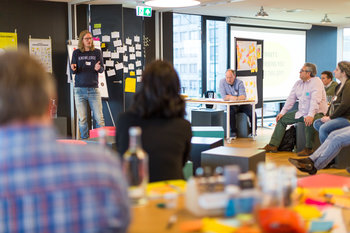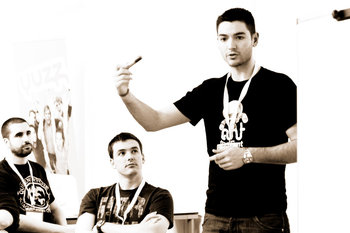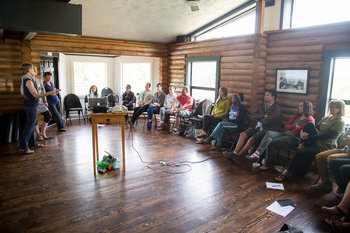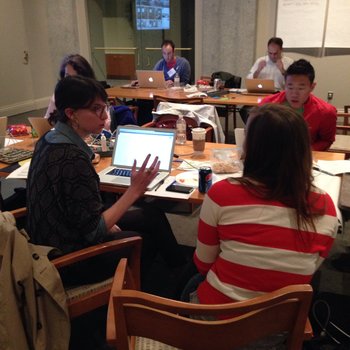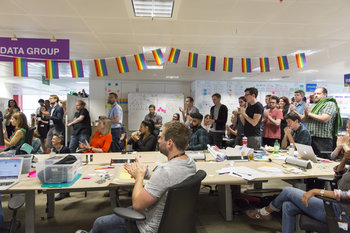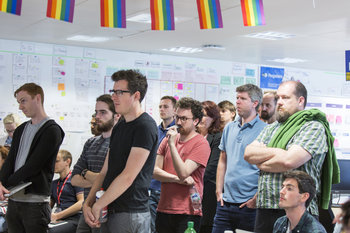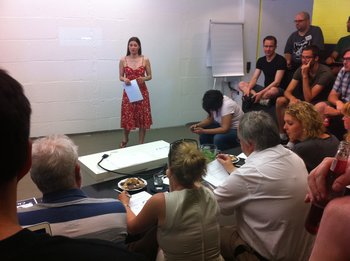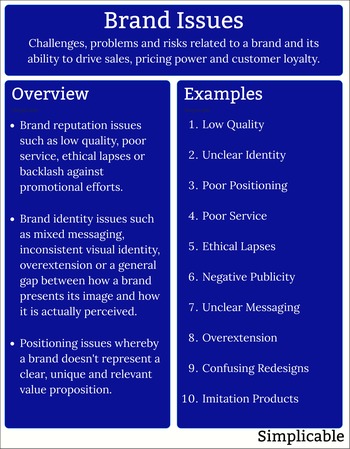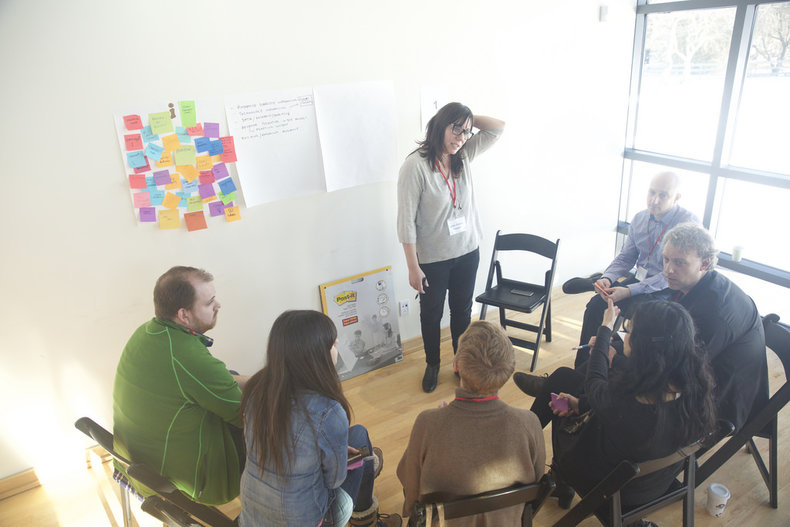
Sales & Marketing
Integrated sales and marketing teams may be organized by product, region and other factors. This may be done to reduce the political tensions and non-cooperation that often exists between these two departments. An integrated sales and marketing team may perform diverse functions such as lead generation, lead qualification, promotion, pricing, customer service, proposals and closing.Business Units & Information Technology
It is common to combine information technology capabilities into business units. This may be done to address a perceived slowness and lack of responsiveness on the part of the information technology department. Cross-functional teams may also address reverse issues such as business units that create unrealistic or overly expensive requirements that have little business justification. The idea is to have the same team creating, implementing and supporting requirements so that they are less likely to try to slow things down or implement low value requirements.Project Teams
Cross-functional teams may be temporary structures that exist for the duration of a project. The idea is to get everyone you need to complete the project on a single cohesive team to prevent the overhead and negative politics that can exist when several large departments of an organization are involved. For example, a cross functional IT project team may have a business unit representative, designer and several software developers.Product Development
Cross-functional teams for research & development, product development and other innovation functions. The focus here may be on depth and diversity of talent. For example, a product development team with industry, market research, user interface design, visual design, engineering, marketing, finance, manufacturing and supply chain related talents.| Overview: Cross-Functional Teams | ||
Type | ||
Definition | An organizational structure that includes diverse talent and responsibilities that were traditionally separated into different departments, business units or teams. | |
Related Concepts | ||



